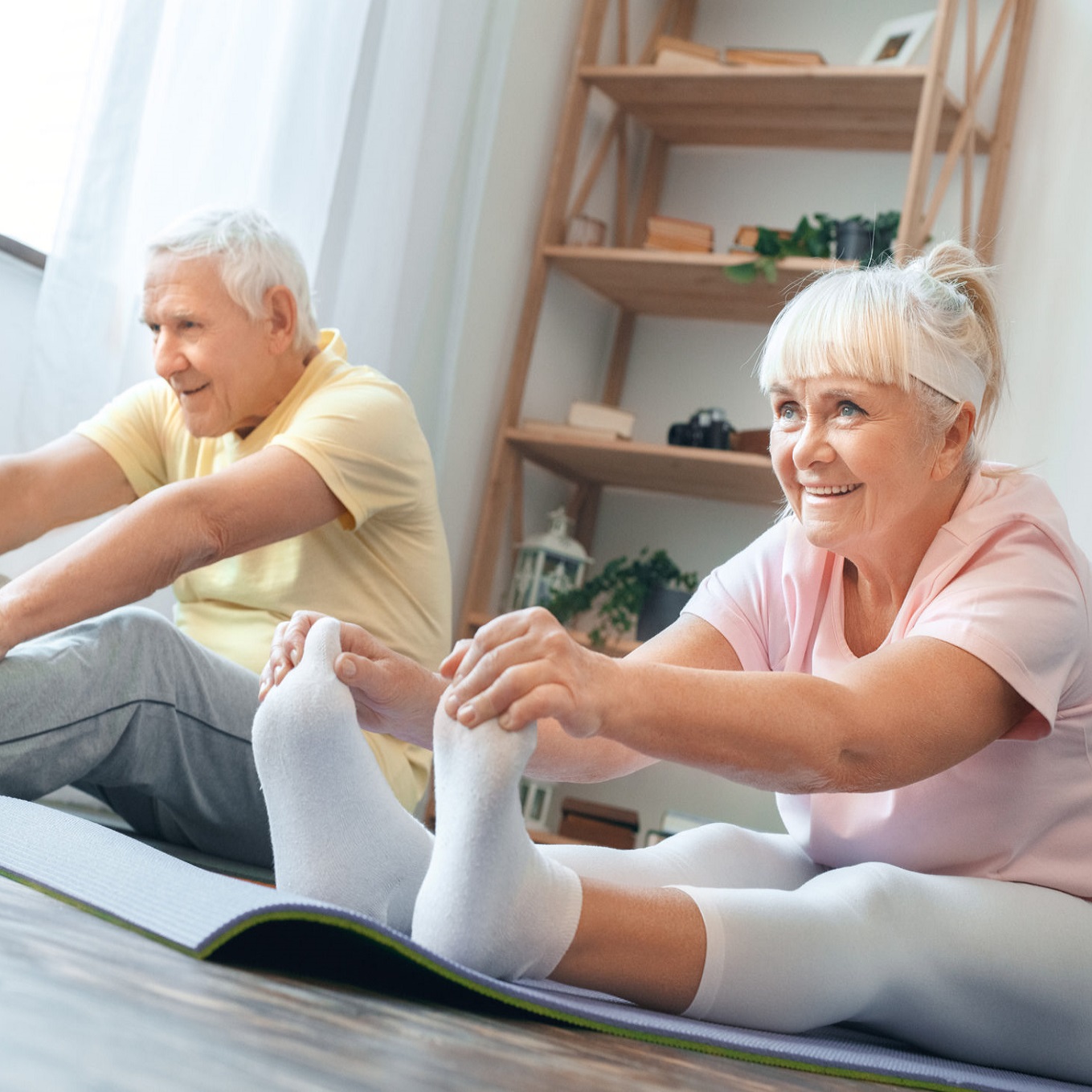Why Does My Hip Hurt? 4 Possible Causes and Treatments

July 08, 2020
Hip, hip, not hooray…
When your hipbone is pinged with pain, you may find it difficult to stand, walk, run or engage in other routine activities. “Hip pain can become overbearing and greatly limit your daily functioning,” shares Craig Van Dien, M.D., a board certified sports medicine and physical medicine and rehabilitation (PM&R) physician at JFK Johnson Rehabilitation Institute.
What is hip pain?
Hip pain may refer to pain in or around the hip joint, a ball-and-socket joint formed by the ball-shaped femur (thighbone) and cup-shaped acetabulum (portion of the pelvis). Individuals with hip pain may report symptoms in the groin, outside of the leg or buttock region.
“We commonly assume that hip pain comes from the joint. However, the hip anatomy is complex and surrounding muscles, tendons and ligaments are similarly subject to injury,” the expert shares. “The way a patient experiences hip region pain will vary depending on the structure that is injured. A thorough history and physical by your physician helps with identifying the pain source.”
What can cause hip pain?
Dr. Van Dien outlines some potential causes of hip pain:
- Osteoarthritis. Osteoarthritis is an age-related disease characterized by cartilage breakdown. As noted by the American Academy of Orthopedic Surgeons (AAOS), osteoarthritis can occur in any joint in the body, but most often develops in weight-bearing joints such as the hip. “A patient with hip osteoarthritis may experience pain and stiffness, making it difficult to perform tasks such as exiting or entering a car or even bending to tie a shoe,” explains Dr. Van Dien. “This is a chronic degenerative process and symptom severity will vary amongst patients.”Though there is no specific cause, risk factors that may make an individual more likely to develop the disease include:
- Age
- Family history
- Previous injury to the hip joint
- Obesity
“While there is no cure, a comprehensive, non-surgical treatment plan—including physical therapy and lifestyle modification—may help to reduce symptoms,” says Dr. Van Dien.
- Trochantericbursitis. Trochanteric bursitis is inflammation of the fluid-filled sac (or bursa) on the outer edge of your hip. According to Dr. Van Dien, the pain at first may be gradual or experienced intermittently. Often, increased pain is reported with physical activity or lying directly on the affected side.More common in women and middle-aged individuals, additional risk factors leading to the hip inflammation include:
- Repetitive hip injury
- Leg-length inequality
- Rheumatoid arthritis
- Previous hip surgery
Typically, initial treatment plans for trochanteric bursitis include lifestyle modifications such as assistive devices, physical therapy or steroid injections. However, surgery may be needed if the condition worsens and non-surgical options have been exhausted.
- Hip fracture. Having severe pain in your hip or lower groin area and/or not being able to put any weight on your leg can potentially be a sign of a hip fracture. The AAOS states that hip fractures most commonly occur from a fall or from a direct blow to the side of the hip. However, other conditions such as osteoporosis, cancer or stress injuries can make the bone more brittle and easier to break—even without necessarily falling.Additional factors that may make a person more likely to have a hip fracture include:
- Family history
- Vitamin D and calcium deficiency
- Lack of physical activity
- Smoking
“A management plan for a hip fracture will be specifically tailored to each patient’s individual needs. Surgery is almost always followed by a comprehensive physical therapy program,” says Dr. Van Dien.
- Muscle or tendon strain. When the muscles or tendons supporting the hip joint are stretched or torn, a strain can occur which can range in severity and symptomology depending on the extent of the injury. Common symptoms of a hip strain may include pain, swelling, inflammation, bruising and sometimes even muscle spasms. Typically, muscle or tendon strains of the hip are results of sports activities. However, additional causes include:
- Prior injury
- Muscle tightness
- Lack of stretching
- Overuse
As explained by Dr. Van Dien, home treatments include rest, ice, compression and elevation. “If the pain continues to worsen, it is best to then contact your doctor for further medical care,” he advises.
What should do you if you develop hip pain?
If you develop hip pain, Dr. Van Dien recommends seeking evaluation by your primary or musculoskeletal doctor. “The earlier you can identify the source of your hip pain, the sooner a targeted management can be initiated,” he shares.
Next Steps & Resources:
- Meet our source: Craig Van Dien, M.D.
- To make an appointment with Dr. Van Dien or a sports medicine and physical medicine and rehabilitation (PM&R) physician near you, call 800-822-8905 or visit our physical medicine and rehab provider directory.
- Find an orthopedic specialist to help with your hip pain.
The material provided through HealthU is intended to be used as general information only and should not replace the advice of your physician. Always consult your physician for individual care.
Find a doctor near me
Hip Replacements: What to Expect

Considering hip replacement surgery? Learn what to expect during the procedure, recovery time, and how soon you'll be back on your feet.
Find a doctor near me

Joint Replacement Recovery
Taking steps before joint-replacement surgery can help improve recovery after.

Hip Fixer-Upper
Joanne Ciezak suffered an accident that fractured both of her femurs and her right hip. Learn how our orthopedic experts helped her recover from this complex case.

How Seniors Can Increase Hip Strength
Increasing hip strength can reduce risk of falls and fractures and make day-to-day activities more enjoyable.
